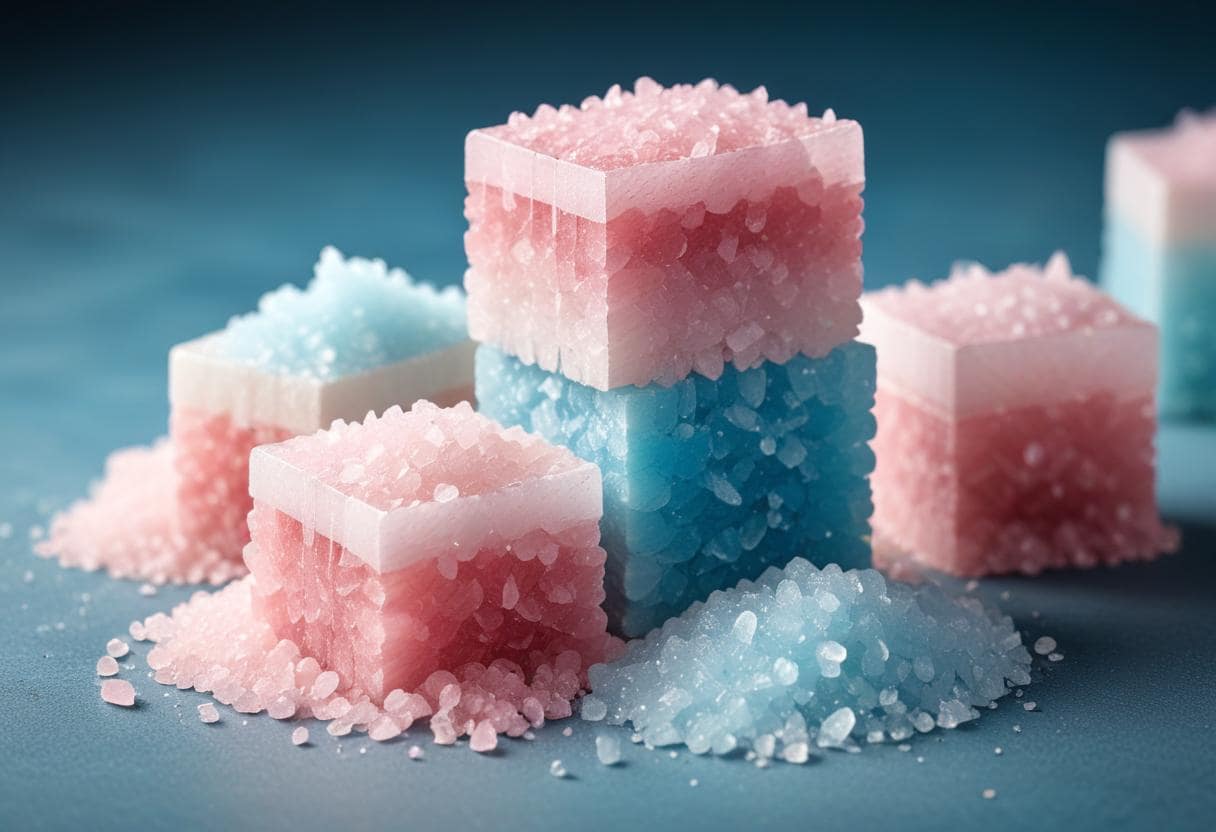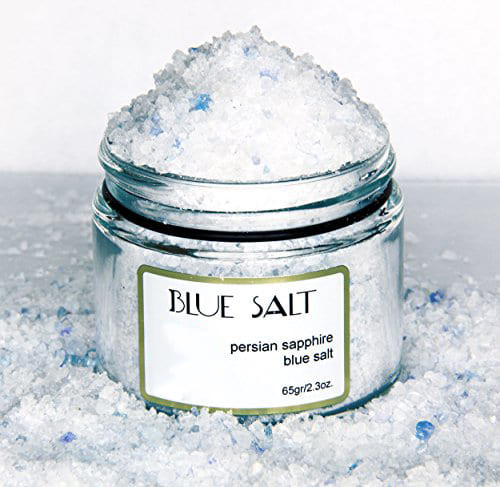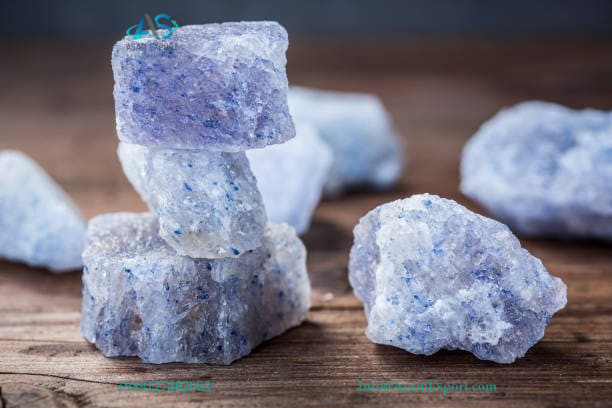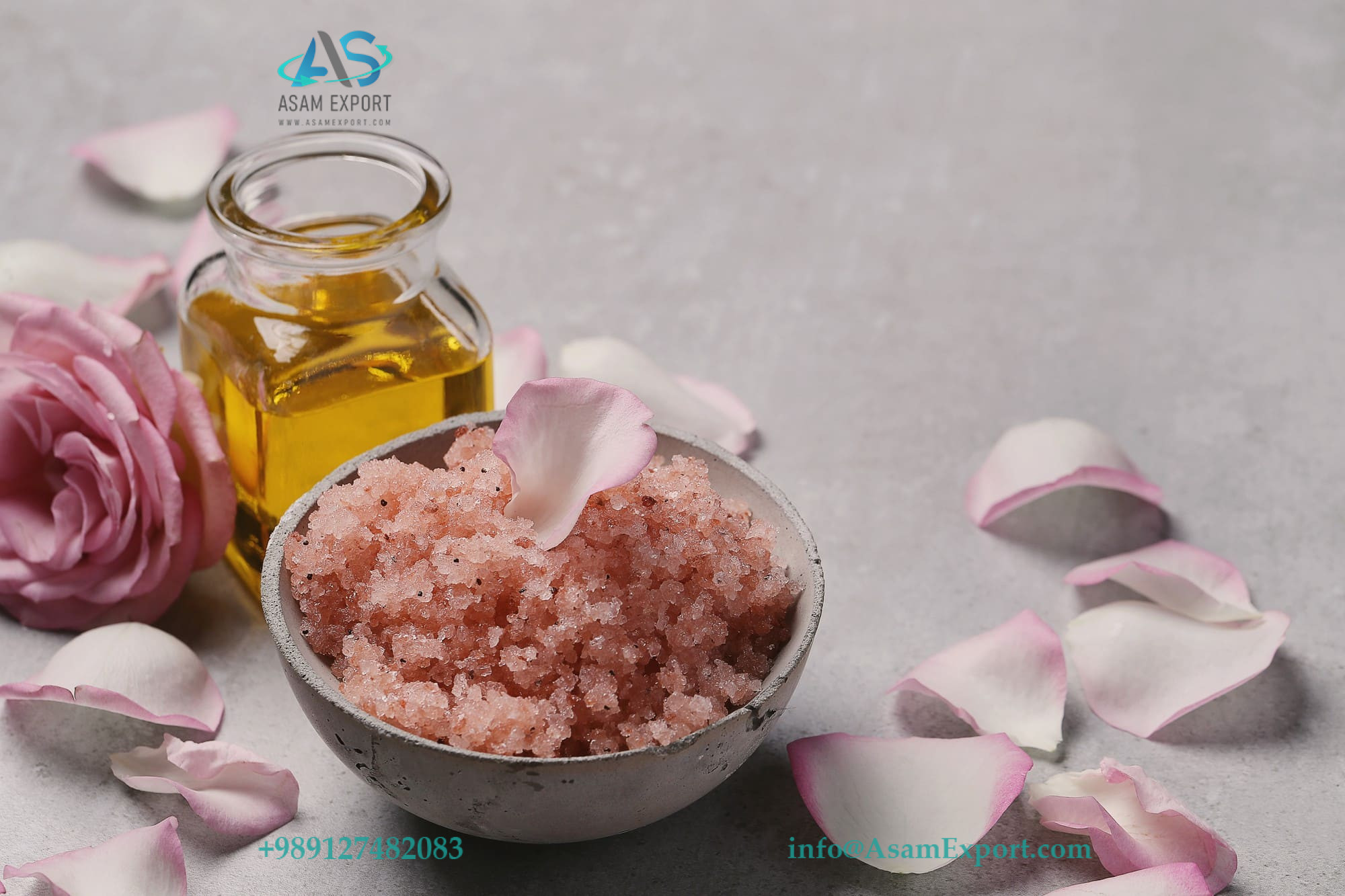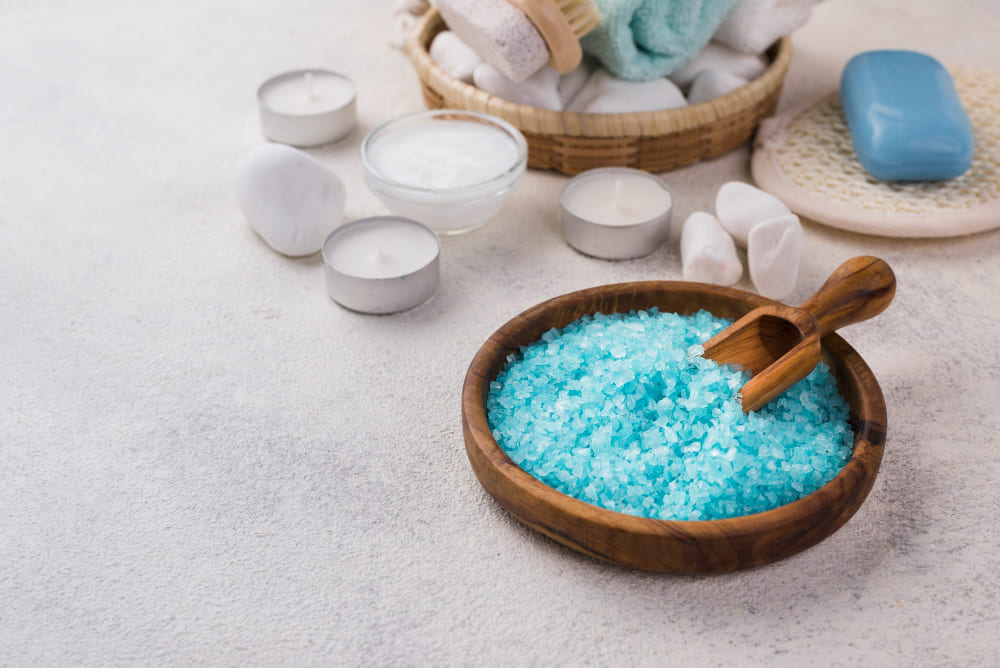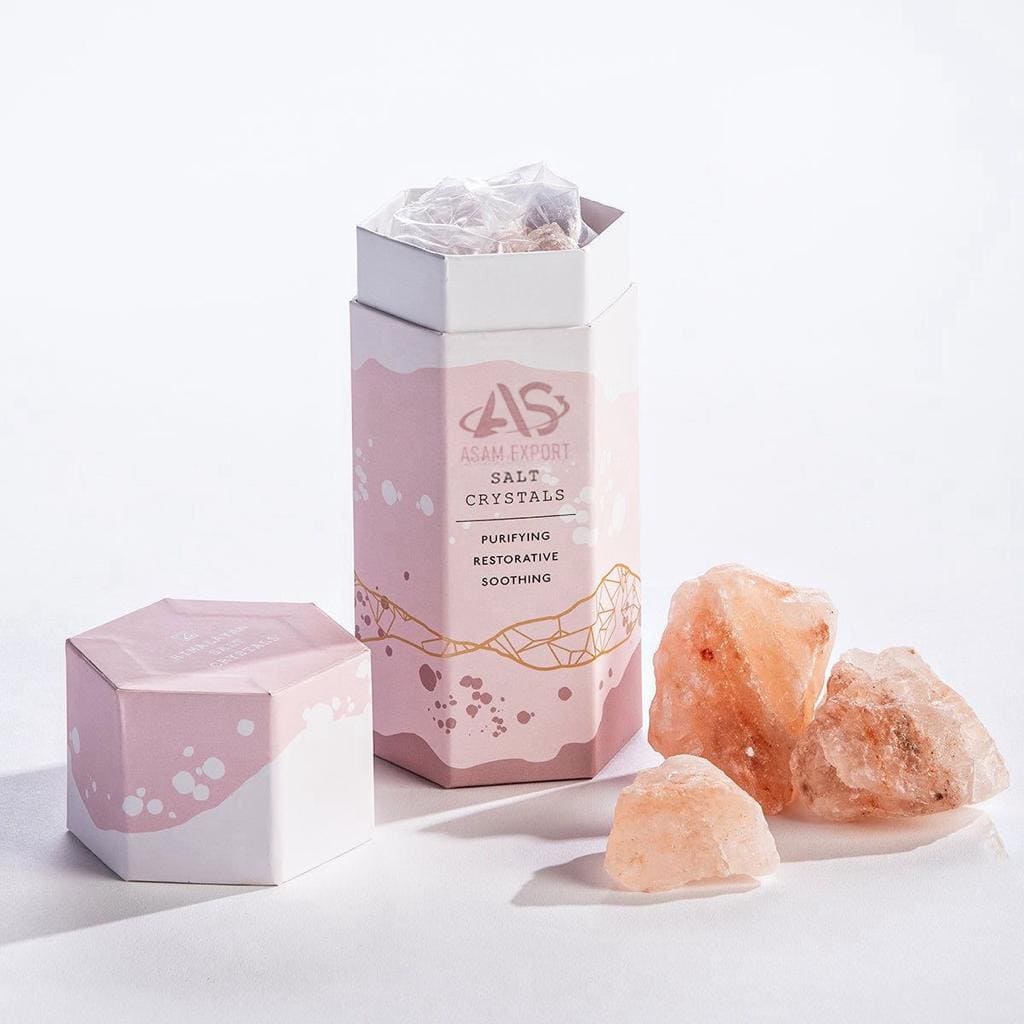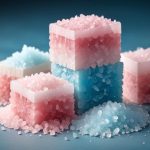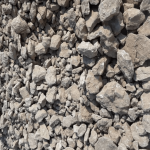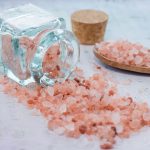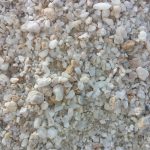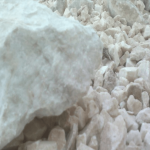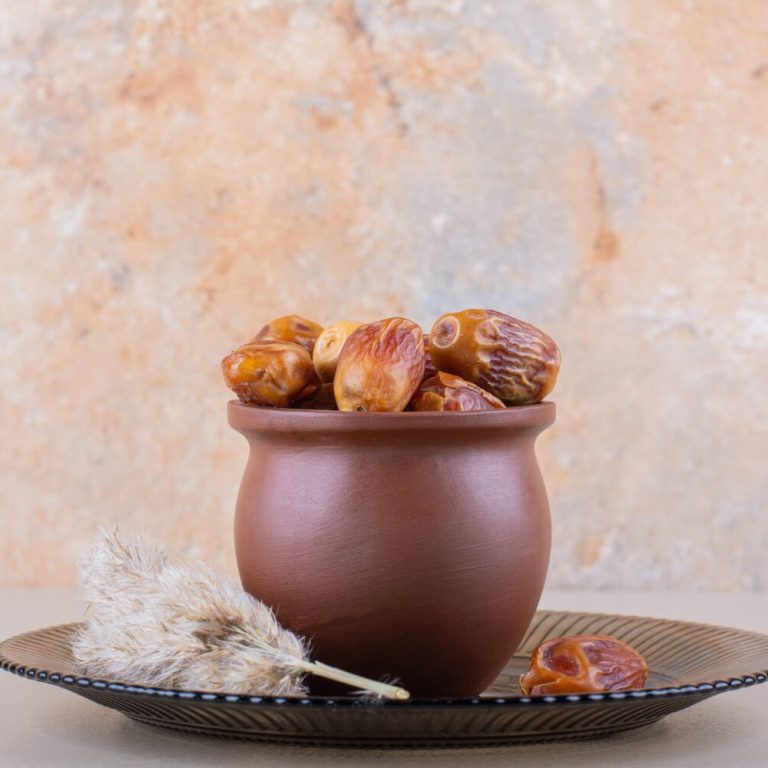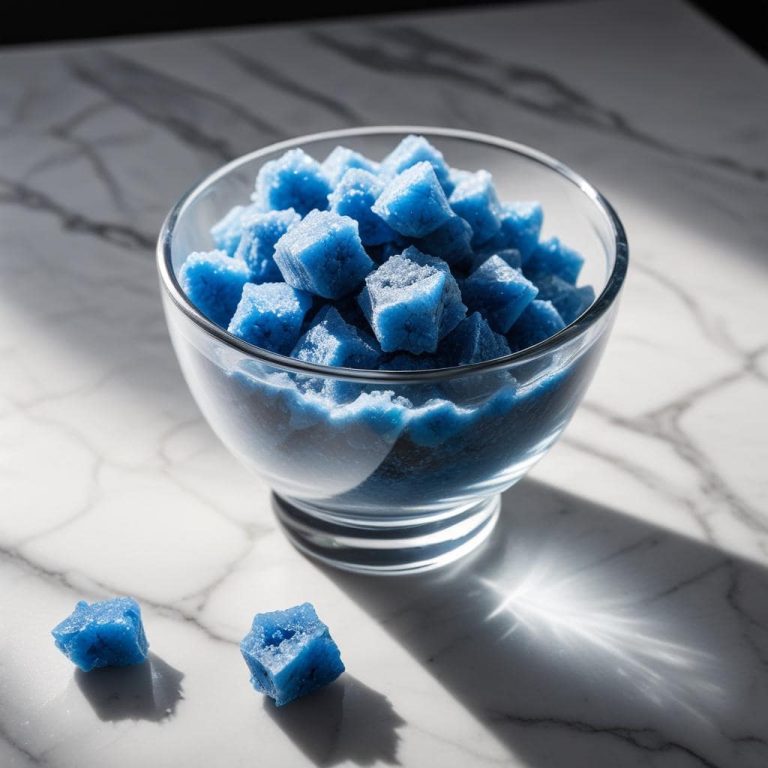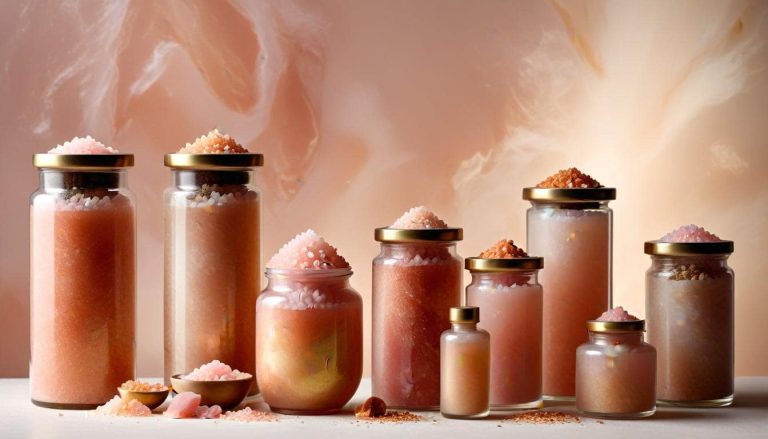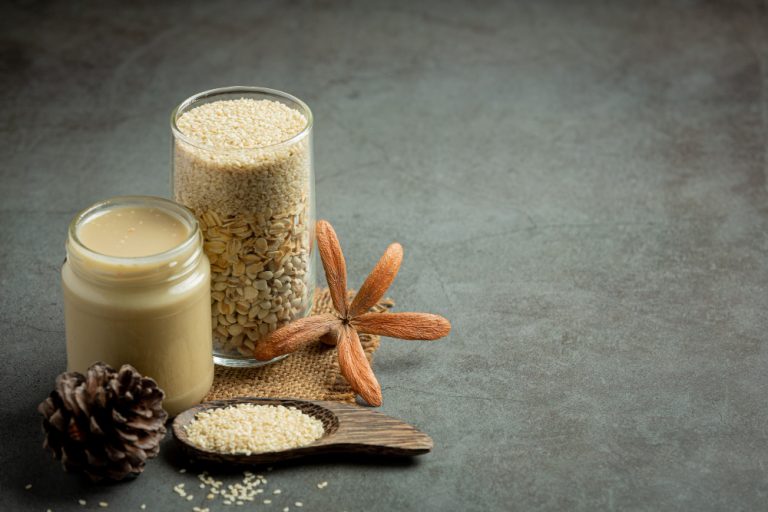- What is blue salt?
- How does it differ from pink salt?
- Which one is better?
Both blue and pink salts belong to the category of natural salts, whose consumption has significantly increased in recent years. However, many consumers lack precise information about the differences between these two salts and seek answers to the question, “What is the difference between blue and pink salt?”
In this article, we provide a detailed answer to this question. Additionally, if you’re interested in learning about the properties of blue and pink salt and the amount of minerals present in these salts, this article is tailored for you.
Color; the most noticeable difference between Blue and Pink Salt
As the names suggest, the most important distinguishing factor between blue and pink salt, aiding in their differentiation, is their color. Iranian blue salt has a blue hue, while Himalayan salt, due to its pink coloration, is also known as pink salt. Therefore, purchasing blue and pink salt based on their respective colors will be a straightforward task.
The pink and blue hues in the salt crystals are delicate streaks, and even after milling, the salt will retain its blue or pink color. Besides color, the properties and prices of blue and pink salts differ, as we’ll discuss in detail below. It’s worth noting that profit-driven individuals may attempt to sell counterfeit salt by coloring salt grains. Therefore, it’s recommended to purchase blue and pink salt from reputable and well-known stores for a reliable and cost-effective experience.
Examining the Difference between Pink and Blue Salt; Which has more properties?
Typically, culinary blue salt and Himalayan salt share similar properties due to their resemblance in constituent elements. However, differences in the levels of these elements mean that sometimes the mineral properties of Himalayan salt differ from those of Semnan blue salt. By examining the properties of pink and blue salt, we can determine which salt is more beneficial. Among the benefits of pink salt are increased serotonin levels, aiding migraine treatment, relieving throat congestion, and treating bronchitis. Additionally, the elements present in Himalayan salt crystals not only provide essential body minerals but also possess natural antiseptic properties for oral hygiene.
Benefits of blue salt include maintaining fluid balance in the body, regulating muscle contractions, maintaining regular heartbeat, aiding in blood pressure reduction, protecting against strokes, and reducing the risk of osteoporosis. Moreover, sufficient iron content in blue salt aids oxygen transportation to the lungs through red blood cells. The magnesium present in authentic blue salt also reduces the risk of diabetes and cardiovascular diseases.
Difference between Pink and Blue Salt by examining the percentage of constituent elements
Pink Himalayan salt is a type of culinary salt containing minerals such as calcium, magnesium, iron, and potassium in its composition. The pink or sometimes red color of Himalayan salt is due to the presence of iron oxide. Some believe that Himalayan salt contains 84 different minerals and trace elements. Blue salt, on the other hand, contains significant amounts of silica, iron, calcium, and potassium in its structure. Potassium causes the blue coloration of the crystals in this culinary salt. Besides the mentioned elements, blue salt contains 98% natural and pure sodium chloride, enhancing the flavor of foods.
In general, both types of salt contain calcium, potassium, magnesium, iron, and sodium chloride, but the percentage of these elements differs between the two salts. For example, blue salt contains more potassium, which gives it its blue color, while pink salt, due to a higher percentage of iron oxide, forms a red and pink color. With the presence of these minerals, you can comfortably use pink and blue salt for various purposes such as cooking, salad dressing, and seasoning fish and poultry.
Flavor Differences Between Blue Salt and Pink Salt
Blue Salt:
- Unique and Rare Flavor: Blue salt has a unique and distinctive flavor due to the presence of trace elements like potassium and calcium. This flavor may be slightly sharp and metallic, attributed to the high mineral content.
- Delicate and Complex: This type of salt has a more delicate and complex taste compared to other salts, making it highly popular in gourmet cooking and special culinary applications.
Pink Salt:
- Mild and Mineral-Rich Flavor: Pink Himalayan salt has a mild and mineral-rich flavor due to its iron and other mineral content. This flavor is created by natural minerals like magnesium and calcium.
- Less Salty: Because of the numerous minerals present, this type of salt might taste less salty and more subtle compared to regular table salt, making it suitable for everyday use and various dishes.
In summary, the main taste difference between blue salt and pink salt is that blue salt has a unique, slightly sharper taste, while pink salt has a milder, more mineral-rich flavor. These differences are due to the distinct mineral compositions of each type of salt.
Salt Extraction Location; The main difference between Iranian Blue Salt and Himalayan Pink Salt
Blue salt, also known as Iranian blue salt or Semnan salt, is named because it is extracted from mines in Semnan and Garmsar and is 100% Iranian. This mineral salt forms blue streaks within rock salt under specific temperature and pressure conditions, hence the name blue salt.
In contrast, pink salt is extracted from the Punjab region in Pakistan near the foothills of the Himalayas. Therefore, you may also encounter this product being introduced as Himalayan salt. It’s important to note that both these salts are the same and do not differ from each other. This salt is extracted in large rock salt chunks and contains minerals. Due to the manual extraction process, minimal processing occurs, and the product remains unrefined. Therefore, no additives or chemicals are added, making it completely natural.
Price Difference between Blue and Pink Salt; Iranian Blue Salt sold at a higher price
Another difference between blue and pink salt relates to their prices. Due to the scarcity and valuable properties, the price of blue salt is higher than that of pink salt. Additionally, the difficulty in the extraction process of blue rock salt is another reason for its higher price compared to pink salt.
Blue and Pink Salt; two mineral salts with unique properties
In this article, we aimed to provide a suitable and practical answer to the question, “What are the differences between blue and pink salt?” Considering the answer to the question of which is better, blue and pink salts both belong to the category of natural salts, extracted without adding chemical substances and through entirely natural methods. Adding these salts to food gives a deeper and more complex flavor and aids in maintaining electrolyte balance and regulating blood pressure. With the properties each of these mineral salts possesses, they can be easily consumed.


